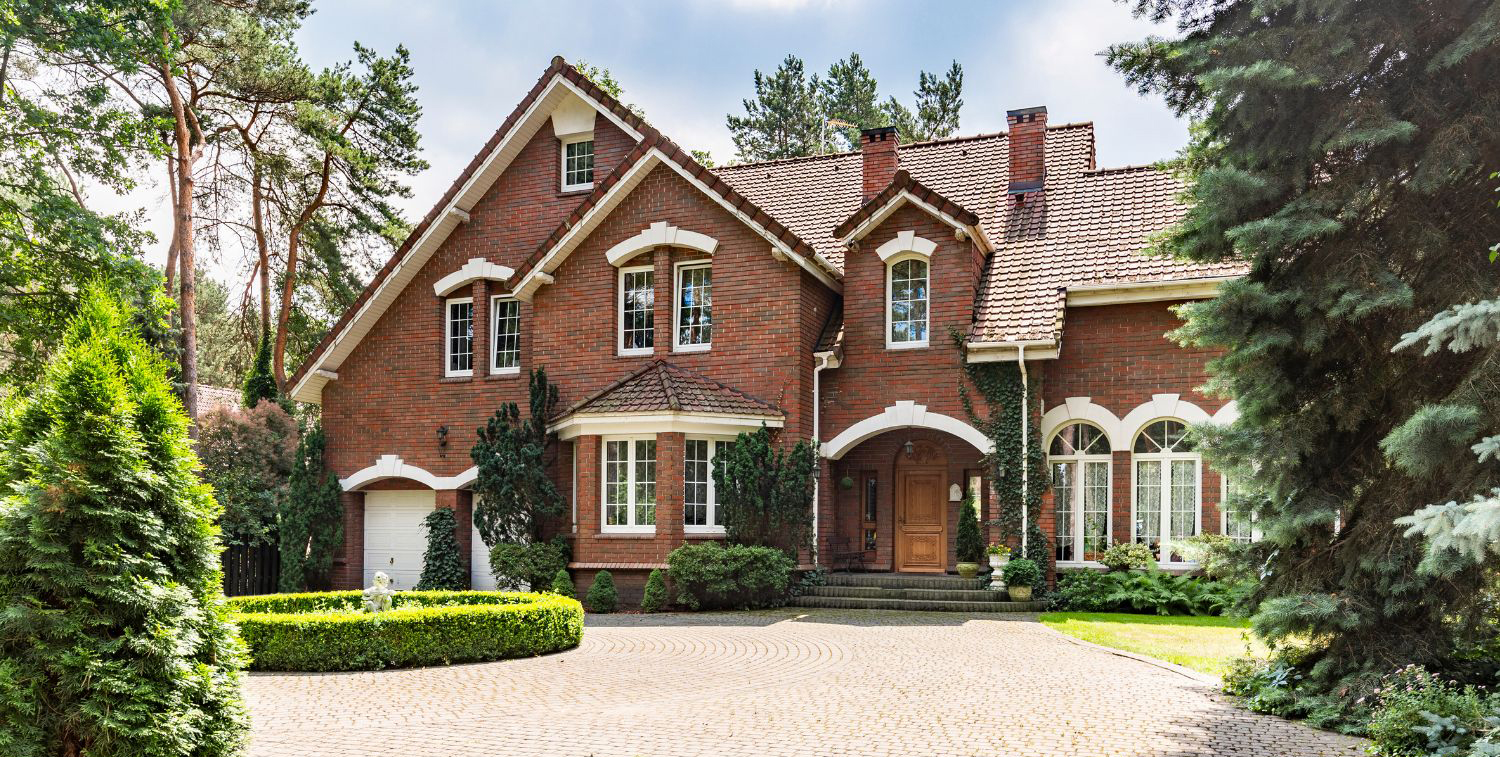The New York City Zoning Resolution of 1916 established the controls for both the bulk of buildings and their uses. [New York City has constitutional authority under its police powers to enact zoning regulations.] Bulk regulations involve building heights and setbacks. Use regulations include the designation of residence districts and those uses that are not compatible with residential uses, such as manufacturing.
The Zoning Resolution contains both text and maps. The Department of City Planning ("DCP") and the City Planning Commission ("CPC") are authorized to study areas of the city and determine the proper bulks and uses for those areas. Property owners that believe that the bulk or use of the property is inconsistent with the surrounding zoning can apply for a rezoning of their area in order to essentially "clean up" the zoning map and develop the property in a way that reflects the uses and bulk of the current neighborhood.
Alternatively, any property owner adversely affected by the zoning of their property can apply to the Board of Standards and Appeals (BSA) for a variance of the underlying zoning in order to generate a reasonable return on his property to overcome a unique hardship inherent in the property.
PRIVATE AND PUBLIC REZONINGS
A rezoning can take place either by an application of the DCP or by a private property owner. In either case, it is necessary to go through a process known as the Uniform Land Use Review Procedure, or ULURP. The first step of the process is the pre-application meeting with the DCP and members of the community to discuss the character of the neighborhood and the nature of the proposed rezoning. The next step is preparation of the application that must be accompanied by renderings of the site. The application must include a description of the proposed project, architectural plans, and an environmental review of the impact of the development. The impact analysis on the surrounding community takes into account issues such as: land use, zoning and public policy, socioeconomic conditions, community facilities and services, open space, shadows, historic resources, neighborhood character, hazardous materials, infrastructure, solid waste and sanitation, energy, traffic and parking, transit and pedestrians, air quality, noise, construction impacts, and public health. Review of these issues can take several months or a year depending on the project.
Once complete, the application must be submitted to DCP. It must in turn certify the plan as complete before it is subjected to the scrutiny of a number of other parties, including local council members, the community board, the borough president, and the City Planning Commission, all before it reaches the City Council. When the application reaches the City Council, there is a vote that results in a final approval on the plan. The local council member for the area makes a recommendation for the vote on the land use application which is generally followed by the other council members out of deference for that council member's opinion on the application in his or her district. The mayor has five days to make a comment on the application, but this is not usually exercised because CPC is under the jurisdiction or the mayor and has already made its comments.
All of the parties have input during the process. The community board many times is concerned with the direct impact of the rezoning to the existing residents in the area. Concerns such as traffic and adequate school capacity are often cited. There could be a request that the bulk of the proposed rezoning be reduced.
The Borough President is concerned with the neighboring residents as well as the effect on the overall borough. Traffic can be a main concern that will have to be addressed by the developer in the environmental study. The amount of parking required could become an issue. The commissioners at CPC will look at the surrounding zoning and examine if what is proposed fits within the character of that surrounding zoning. The commissioner would want to make sure that bulk and use are within keeping with the surrounding areas. Street walls and setbacks would be looked among other regulations to ensure that they fit in with the overall city plan. All issues from legal to personal opinions are addressed in this process. In order to have the momentum to succeed, the rezoning application must establish the changing character of a neighborhood and the ability of the rezoning to accommodate the existing character while also growing with the future character of the neighborhood.
VARIANCE PROCESS AND § 72-21 OF THE ZONING RESOLUTION
The other option to change the zoning of a property is to apply for a variance to the BSA. However, unlike a rezoning in which the rationale is based upon planning issues such as neighborhood character, the variance process is defined by the five findings in § 72-21 of the Zoning Resolution. These findings state that there must be some uniqueness to the property that makes it impossible to generate a reasonable return under the current zoning. [The uniqueness cannot be self-imposed.) The variance must also maintain the character of the community and must contemplate the minimum variable to afford relief.
The uniqueness could be something such as the subsurface conditions of the soil, that there is a subway tunnel under the property or that the property has an odd shape. These conditions cannot be self-created and the variance must grant only enough relief to overcome the economic hardship created by the hardship. The variance must also be in keeping with the community's character.
CASE STUDIES
An example of a variance applied for and granted by the BSA occurred earlier this year in Tribeca. The property on Washington Street had several unique conditions that made it possible to apply for a variance. The property was occupied by a parking lot at grade, but had an existing foundation of a building built more than 100 years ago that burned down several decades earlier. The property had a high water table and subsurface contamination. The zoning for the property was manufacturing, but it was surrounded by residential uses. The cost to build on this site and remediate it was very high, so the only way to get a reasonable return was to build a residential building on the site. However, this was not allowed under the existing zoning.
The BSA granted the variance for the residential building because the application established that a manufacturing or commercial building would yield low or negative financial returns. The only economically feasible way to build on this site was to change the use to one that was in keeping with the current character of the neighborhood and could also command enough income to overcome the hardships of building on the site.
An example of a recent rezoning involved four blocks in lower Manhattan that were partially zoned for manufacturing uses, but were surrounded by commercial and residential uses. There were also residential and commercial uses contained within the four-block area. There was no unique condition involved on the sites that would make it feasible to apply for a variance case, but the CPC found that this was an appropriate area to rezone because doing so would extend existing zoning designations neighboring the site that existed within the four blocks proposed to be rezoned.
CONCLUSION
Evaluating the potential for a variance or a rezoning must be done on a case-by-case basis. All of the issues pertaining to the site must be considered to determine if a rezoning or a variance is appropriate for the project. Such factors as whether there is a unique condition on the site for a variance are important. For a rezoning, facts such as if there is a strong residential character around an unused manufacturing site would make for a strong case. Other factors such as the political dynamic and the details of preparing the application must be taken into account as well.
If reviewed thoroughly and objectively, the determination to apply for a variance or rezoning should be clear. Once that determination has been made and the applicant works with the city agency throughout the process, obtaining the variance or the rezoning should not be an unpredictable endeavor.




